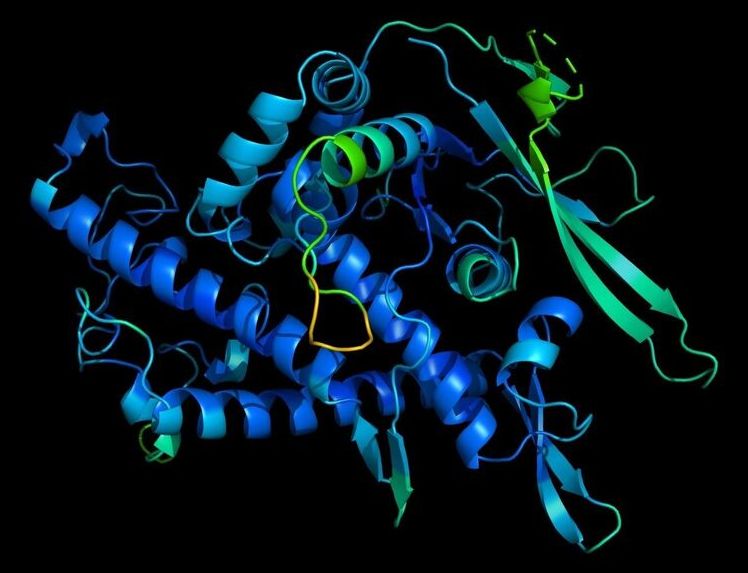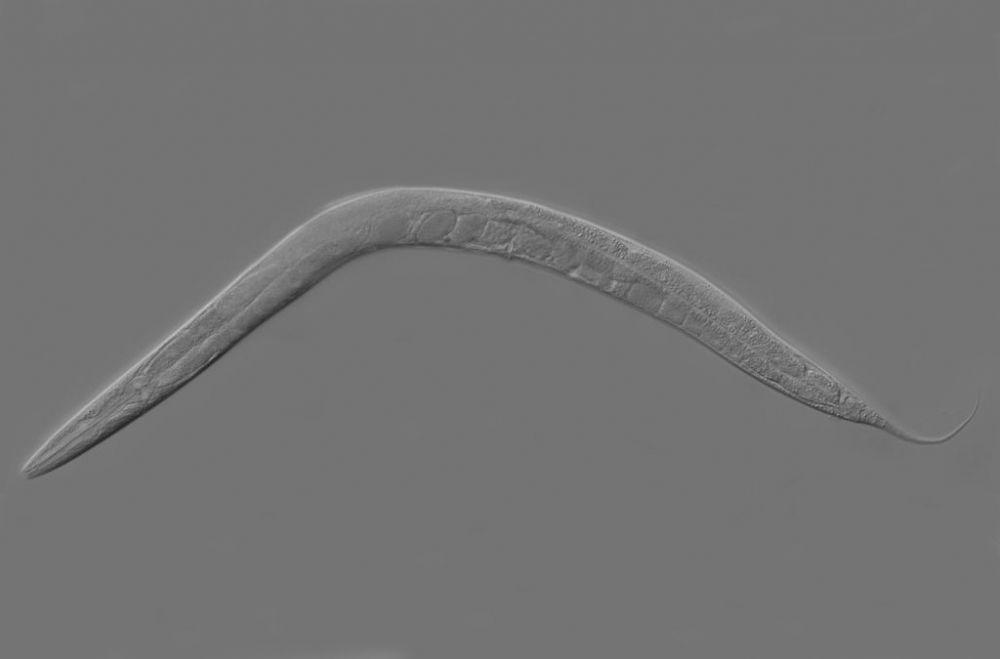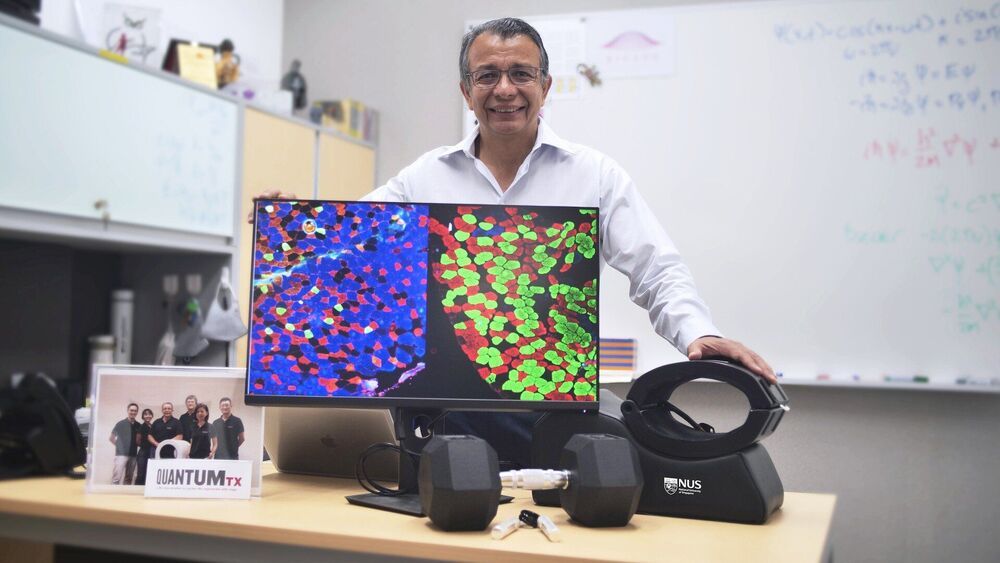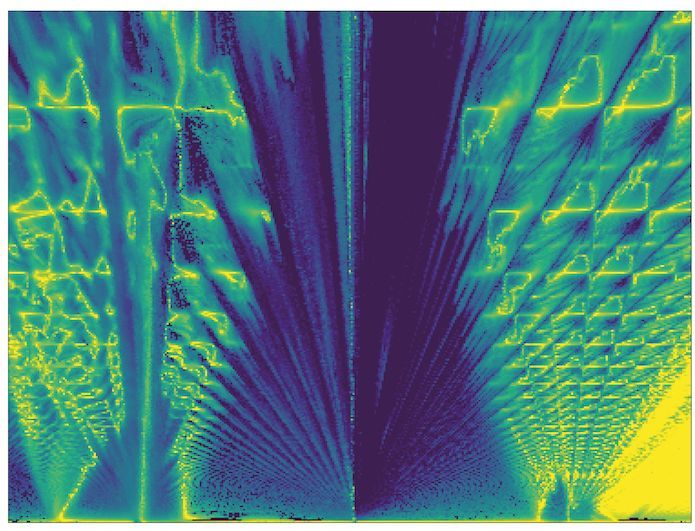Nov 30, 2020
Over 100 Infected Danish Mink Have Escaped And Could Spread SARS-CoV-2 to Wildlife
Posted by Raphael Ramos in categories: biotech/medical, health, sustainability
More than 100 SARS-CoV-2 infected mink may have escaped from Danish fur farms, raising the risk that these escapees could spread the novel coronavirus to wild animals, creating a new reservoir for the virus, The Guardian reported.
“Every year, a few thousand mink escape,” and this year, an estimated 5 percent of these escaped animals may have been infected with SARS-CoV-2, Sten Mortensen, veterinary research manager at the Danish Veterinary and Food Administration, told The Guardian.
These mink may be spreading the coronavirus to wild animals, even as millions of mink still on farms are being culled to prevent spread of the virus.


















